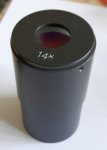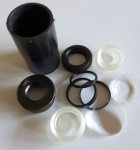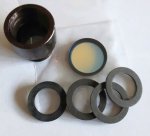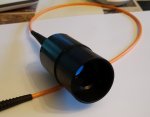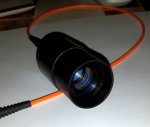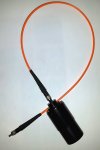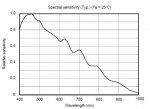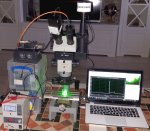Re: B&Wtech 473nm unit / Spectrometer Mods & Info
I have seen a couple of proper drivers from OS. Most are 110v input which means I would have to use a step down tranny from 240v. I have seen the 12v one from the US. I can get a local one with holder but $330 AUD seems a bit much.
I will give mine a run off a CCFL driver i have here. But maybe not enough output voltage. I have a HeNe supply with about the correct voltage but the current is only about 6ma. It may be ok. If not i might order the 12v one from the US.
Will leave it till the weekend to test.
I have seen a couple of proper drivers from OS. Most are 110v input which means I would have to use a step down tranny from 240v. I have seen the 12v one from the US. I can get a local one with holder but $330 AUD seems a bit much.
I will give mine a run off a CCFL driver i have here. But maybe not enough output voltage. I have a HeNe supply with about the correct voltage but the current is only about 6ma. It may be ok. If not i might order the 12v one from the US.
Will leave it till the weekend to test.






